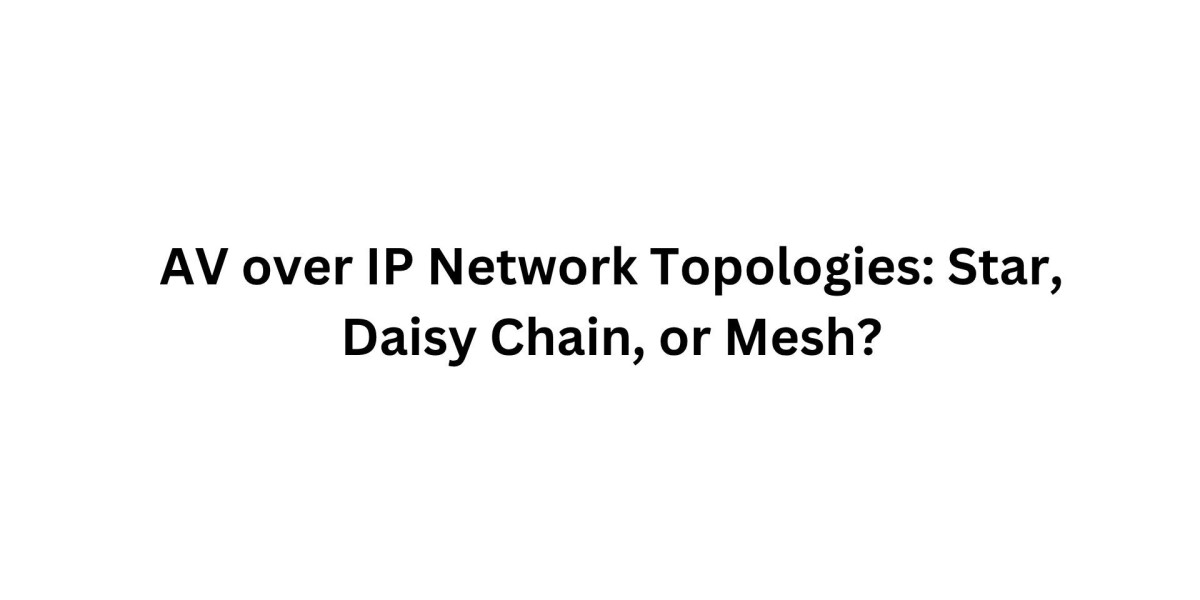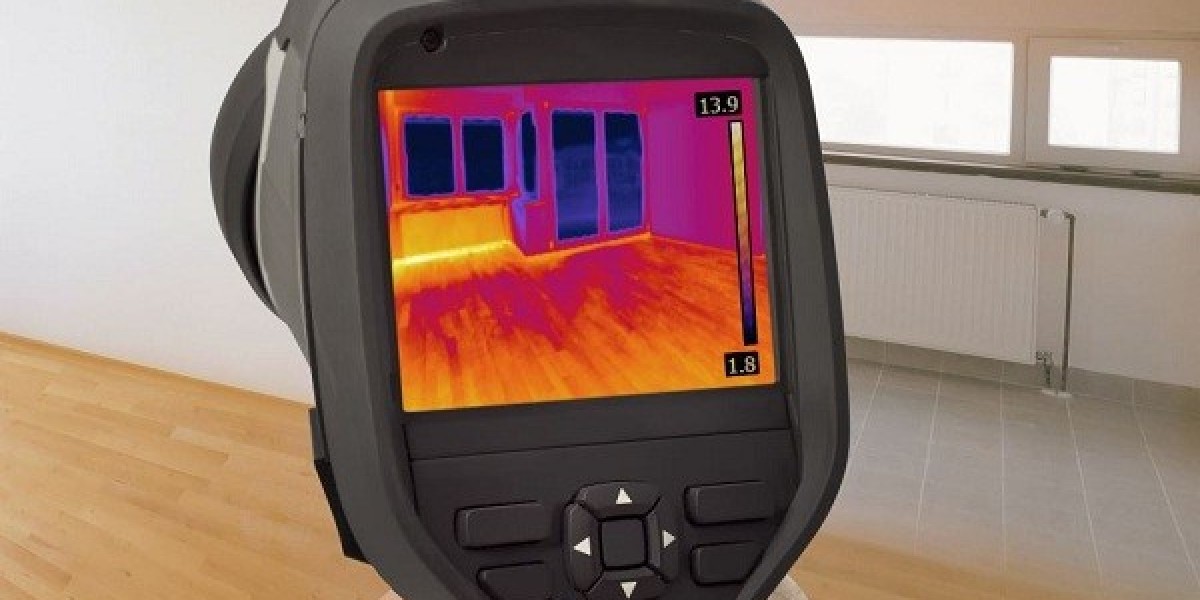As audio visual systems evolve and move toward IP-based solutions, network design becomes just as important as the AV technology itself. AV over IP allows audio, video, and control signals to travel over standard Ethernet networks rather than dedicated AV cabling. This provides unmatched flexibility and scalability. However, the performance and reliability of AV over IP systems depend heavily on the underlying network topology. Should you design your AV over IP network using a star, daisy chain, or mesh configuration? Each topology has its strengths, weaknesses, and ideal use cases.
In this blog, we will break down the differences between these topologies, explore how they impact AV over IP systems, and offer guidance on choosing the right design for your project.
What Is AV over IP?
AV over IP refers to the transmission of audio and video signals over a standard IP network. Instead of using HDMI, HDBaseT, or other traditional point-to-point cabling, AV over IP systems use Ethernet switches and standard cabling like Cat6 or fiber to send signals across buildings, campuses, or even globally. AV over IP solutions support applications including digital signage, video walls, lecture capture, hybrid classrooms, sports venues, and more.
Because AV over IP relies on networking, the way you structure that network — the topology — will influence cost, performance, scalability, and fault tolerance.
Star Topology for AV over IP
In a star topology, all devices connect to a central switch (or group of core switches). The switch acts as the hub that manages data traffic between encoders, decoders, and control devices.
Pros of Star Topology
Simplicity: The design is straightforward, making it easier to configure, manage, and troubleshoot.
Performance: Since each device has a direct connection to the switch, bandwidth is dedicated, reducing the chance of congestion.
Scalability: Adding devices is as simple as connecting them to the switch.
Reliability: A problem with one cable or device does not affect the rest of the network.
Cons of Star Topology
Single point of failure: If the central switch fails and there is no redundancy, the entire AV over IP system can go down.
Cost: Requires more cabling and potentially expensive switches, especially in large installations.
Distance limitations: Ethernet cabling has length restrictions that may require additional infrastructure like fiber for larger sites.
Best Use Cases
Star topology is ideal for most AV over IP applications, especially in modern venues, conference centers, campuses, and corporate environments. When paired with redundant core switches, it provides a strong balance of reliability and performance.
Daisy Chain Topology for AV over IP
In a daisy chain topology, each device connects to the next in a series, like links in a chain. The signal passes through each device before reaching its final destination.
Pros of Daisy Chain Topology
Reduced cabling: Requires less cabling and fewer switch ports, lowering costs.
Simple expansion: Adding a device can be as easy as connecting it to the end of the chain.
Cons of Daisy Chain Topology
Performance limitations: Bandwidth is shared across all devices in the chain. The more devices you add, the greater the chance of congestion and latency.
Reliability: A failure in one device or cable can disrupt all downstream devices.
Limited flexibility: Routing signals and managing traffic can be complex in larger or more dynamic AV over IP systems.
Best Use Cases
Daisy chain is rarely recommended for professional AV over IP installations except in small, simple setups where cost is the top concern and performance requirements are minimal.
Mesh Topology for AV over IP
In a mesh topology, devices are interconnected in multiple paths. Every device can communicate with others through several routes, creating redundancy and enhancing fault tolerance.
Pros of Mesh Topology
High reliability: If one path or device fails, data can take an alternate route.
Excellent fault tolerance: Ideal for mission-critical systems where downtime is not acceptable.
Load balancing: Traffic can be spread across multiple routes to prevent congestion.
Cons of Mesh Topology
Complexity: The network design, configuration, and management are more complicated than star or daisy chain.
Cost: Requires more cabling and switch ports, increasing both equipment and labor costs.
Space: More infrastructure can mean more space is needed for cabling and network gear.
Best Use Cases
Mesh topology is suited for large-scale, mission-critical AV over IP applications like stadiums, broadcast centers, military facilities, and high-security operations where uptime is paramount.
Hybrid Topologies
Many AV over IP systems use a hybrid of these topologies. For example, a campus may have star-configured buildings interconnected in a mesh between core network switches. This approach combines simplicity at the local level with redundancy at the backbone.
Choosing the Right Topology
Here are key factors to consider when selecting an AV over IP network topology:
Scale of the system
Small to medium installations: Star is usually best.
Large, distributed systems: Hybrid or mesh may be required.
Budget
Star and daisy chain are generally less expensive than mesh.
Be sure to factor in the cost of redundancy and future expansion.
Performance requirements
Real-time applications like live video walls or interactive classrooms benefit from star or mesh designs.
Simple digital signage may work with more basic topologies.
Reliability needs
Critical systems demand mesh or hybrid topologies with redundancy.
For non-critical spaces, a star design with a robust switch may be sufficient.
Existing infrastructure
If fiber or high-speed cabling is already in place, mesh or hybrid designs are more achievable without excessive added cost.
Conclusion
AV over IP gives designers and integrators incredible flexibility, but the network topology you choose will define how well the system performs now and in the future. Star topologies provide a solid foundation for most installations, offering a balance of cost, performance, and ease of management. Daisy chain may be attractive for very small, cost-sensitive systems, but its limitations make it less common in professional AV environments. Mesh topology provides the ultimate in resilience and scalability but at a higher cost and complexity.
The best approach is to carefully analyze your site’s requirements, consult with both AV and IT teams, and plan a topology that supports your current and future AV over IP goals.
Read more: https://audiovisual.hashnode.dev/how-to-choose-the-right-av-over-ip-solution








